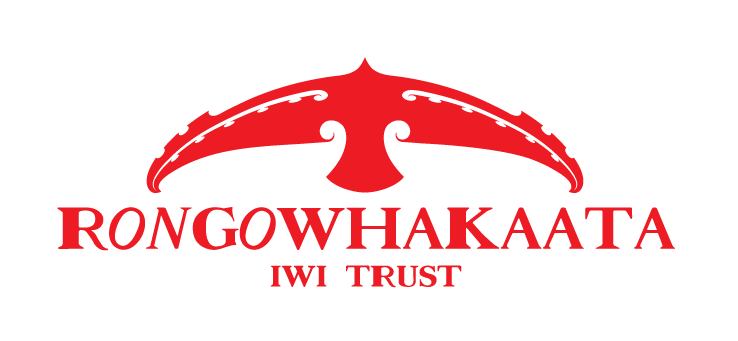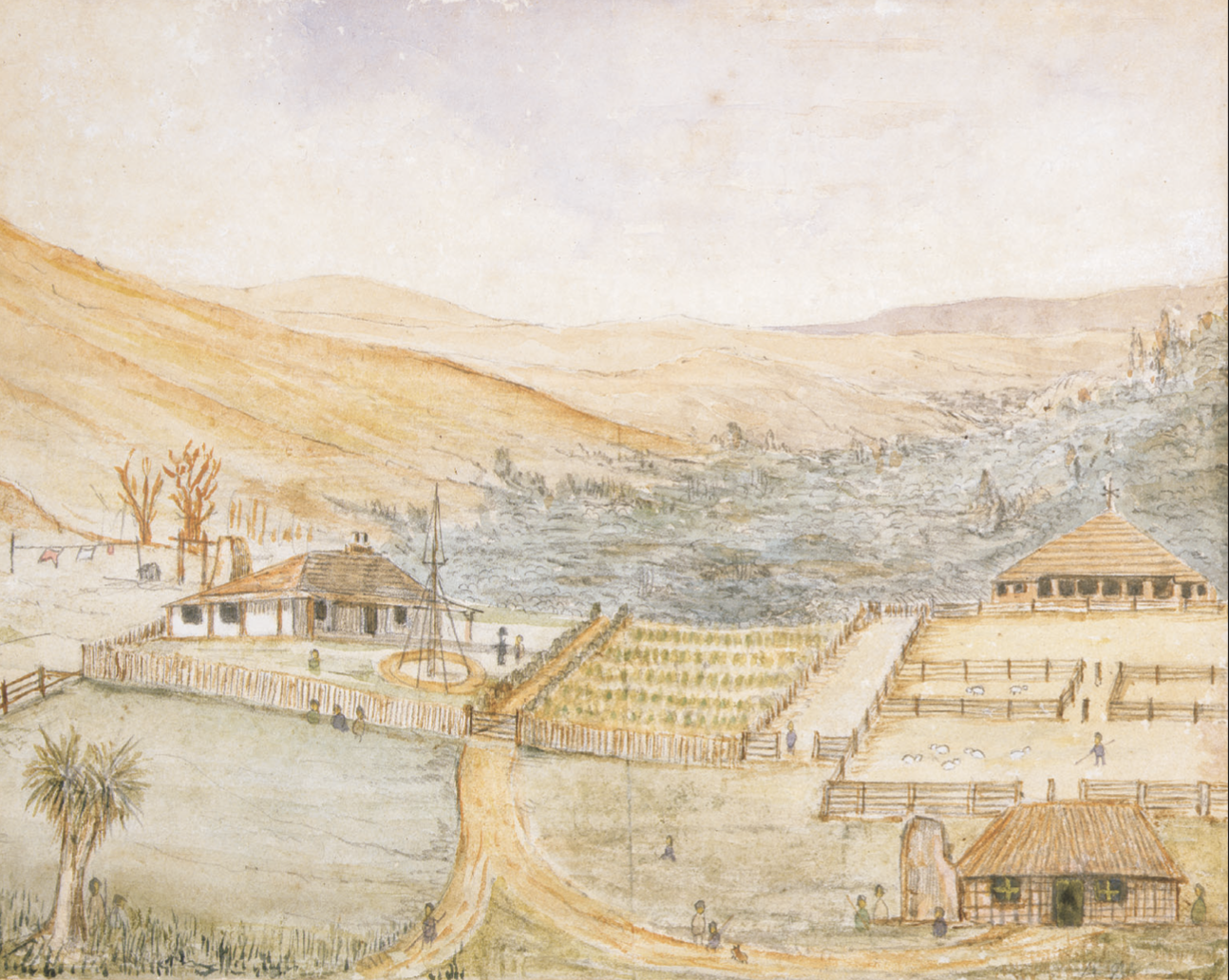Waerenga-a-Hika: The Hinge of Fate
Waerenga-a-Hika Mission Station, cms, circa 1858, by AM Sommervell.
This year marks 160 years since Waerenga-a-Hika — a moment that reshaped the future of all Tūranga iwi. In November 1865, our tīpuna stood together to defend the whenua and their right to live as Māori. What happened over those six days changed everything. Waerenga-a-Hika is remembered not only for the loss and injustice that followed, but for the unity, resilience, and integrity our people carried through that time — qualities that still guide us today.
A Turning Point for Tūranga
Before the siege, Waerenga-a-Hika was a place of safety, gathering, and strategy. Around 800 people — including many wāhine and tamariki — sought protection inside the pā. They were holding fast to our own systems of authority, spirituality, and political autonomy. When Crown forces, supported by allied groups, moved in on 17 November 1865, they came with a clear purpose: to impose control over Tūranga and dismantle Māori self-determination.
The Crown seized Bishop Williams’ house and turned it into a firing platform. For nearly a week, the pā faced constant gunfire, day and night. People were outgunned, “indifferently armed”, but determined. They adapted where they could, even reusing bullets fired into the pā. The courage shown during those days remains one of the most powerful examples of Tūranga strength.
On 19 November, Anaru Matete arrived with reinforcements, advancing openly and carrying flags. Crown officers later used those flags as an excuse to fire first, despite conflicting accounts. Heavy casualties followed, and the siege tightened.
By 22 November, with a makeshift artillery gun turned on the pā, many inside chose to surrender to protect the lives of their whānau. Around 400 men, women, and children came out, asking only that their lives be spared. Others escaped out the back under Anaru Matete’s guidance. More than 70 of Māori lay dead inside the pā
The Aftermath: Confiscation and Control
Once the pā fell, Crown-aligned forces looted the area, damaging both Māori communities and nearby settlers. Prisoners were taken to local redoubts while officials decided their fate. Despite assurances, hundreds — including wāhine and tamariki — were deported to Wharekauri under harsh conditions and without trial.
This was the moment the Crown’s control over Tūranga was cemented. Lands were confiscated, renamed, and pushed through colonial courts. Whānau were displaced, and Māori authority was aggressively undermined. This is why we call Waerenga-a-Hika the hinge of fate — it was beginning of a series of events where Crown power took hold, and our people were forcibly displaced.
Collective Values Forged from Injustice
From the injustice of the land confiscations came a determination that still unites us today: never sell land. Our investment approaches and economic strategies across iwi are shaped by this history — focused on restoring vitality to our whenua, creating opportunities for our uri, and strengthening the cultural and economic base for generations ahead.
Rukupō: Leadership Grounded in Peace
Among the leaders of this time was Raharuhi Rukupō — master carver, senior Rongowhakaata rangatira, and a peacemaker committed to protecting his people. Rukupō worked tirelessly to prevent bloodshed, choosing diplomacy and integrity even when faced with hostility. His leadership showed that peace is not weakness — it is strength grounded in tikanga and mana.
The Crown’s retaliation against him was severe. His carved meeting house, Te Hau ki Tūranga, was forcibly taken soon after — a deliberate act to undermine his authority. Yet the house survives, standing today as a symbol of our artistry, resilience, and unbroken connection to our tīpuna.
160 Years On: Standing Together
Today, Rongowhakaata stands alongside Te Aitanga-ā-Māhaki — united through whakapapa, shared history, and a collective commitment to justice and restoration. Waerenga-a-Hika is not only a story of what was taken. It is a reminder of what endures: our mana, our identity, and our responsibility to heal our whenua and our people.
Watch the video below filmed during our Treaty Settlement process in 2002 and listen to the kōrero

